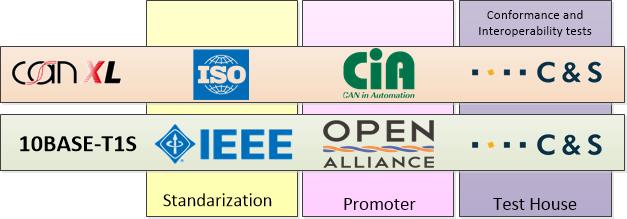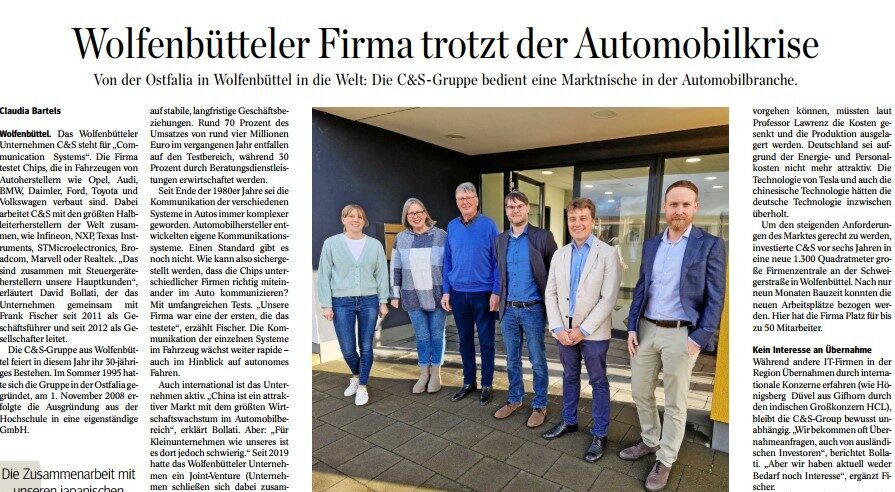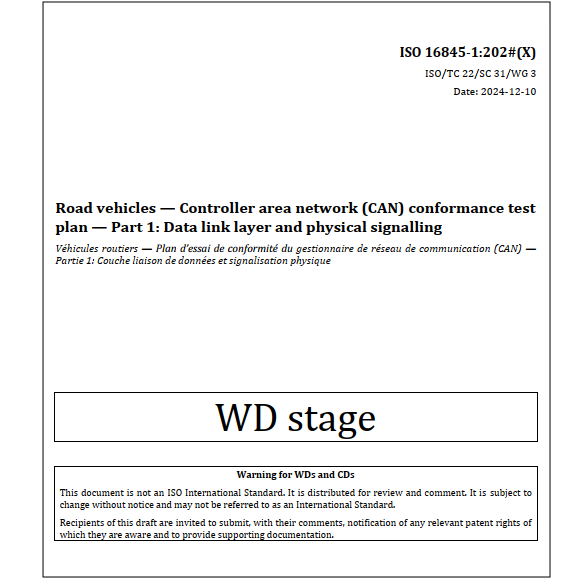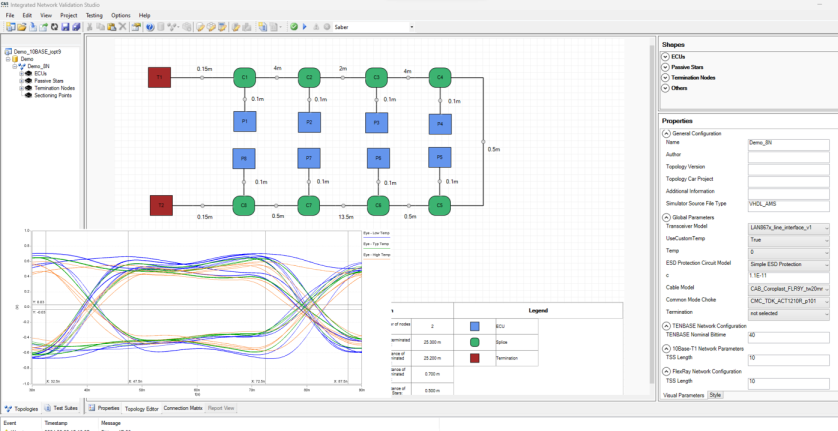Since the incorporation of automotive Ethernet in the last decade we have been facing a “revolution” in communication of emerging E/E architecture. Driven by new ADAS and infotainment applications, the demand for higher bitrates has increased rapidly, first with 100MBit/s PHYs, few years later with 1000MBit/s PHYs and very soon 10 Gbit/s PHYs will be available, to meet the requirements of a high-performance backbone in domain and zonal vehicle architectures.
Despite this rapid and continuous increase in IVN (in-vehicle-network) bitrates, more than ninety percent of the nodes still use communications below 10MBit/s. For this reason, 10MBit automotive protocols are of particular importance for the automotive industry.
CAN XL and 10BASE-T1S, both close the bitrate gap between CAN FD and 100MBit/s automotive Ethernet and are developed to handle requirements of new E/E architecture in the 10MBit/s region. They provide comparable performance and have addressed several other enhancements in terms of usability on higher level protocols, e.g., considerations for security or power delivery. Both have the potential to be used in the same IVN in different applications.
Committed with the automotive industry, C&S has contributed intensively to the standardization bodies of both technologies. We are proud to complete the development of the 10BASE-T1S interoperability test system in the coming months and to launch the testing services for CAN XL Physical as well as Data Link Layer early next year.




